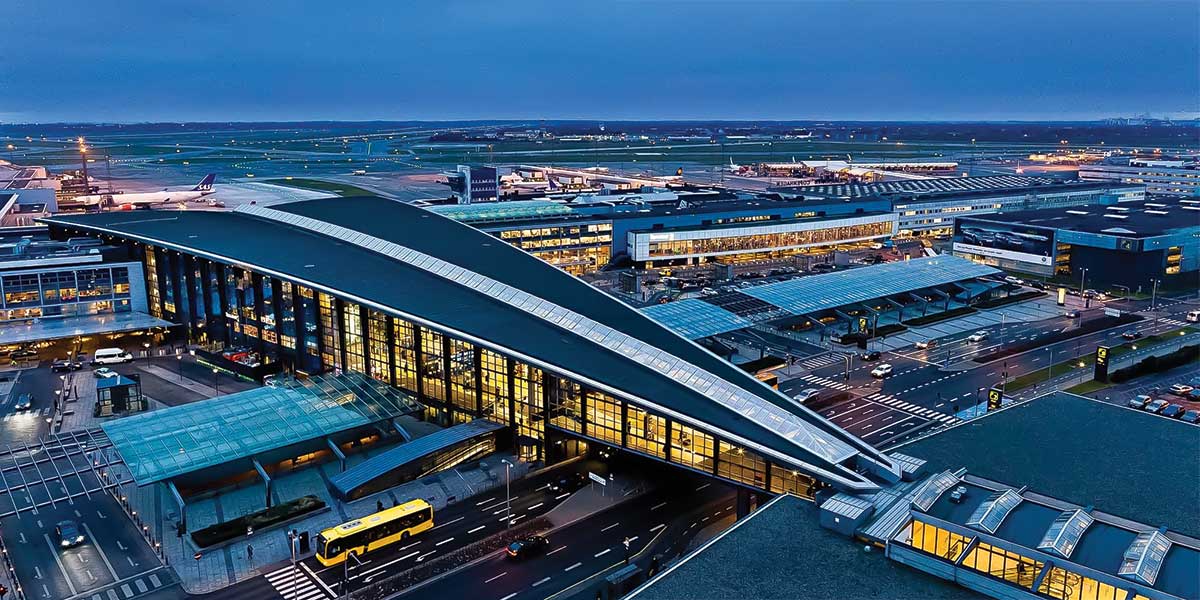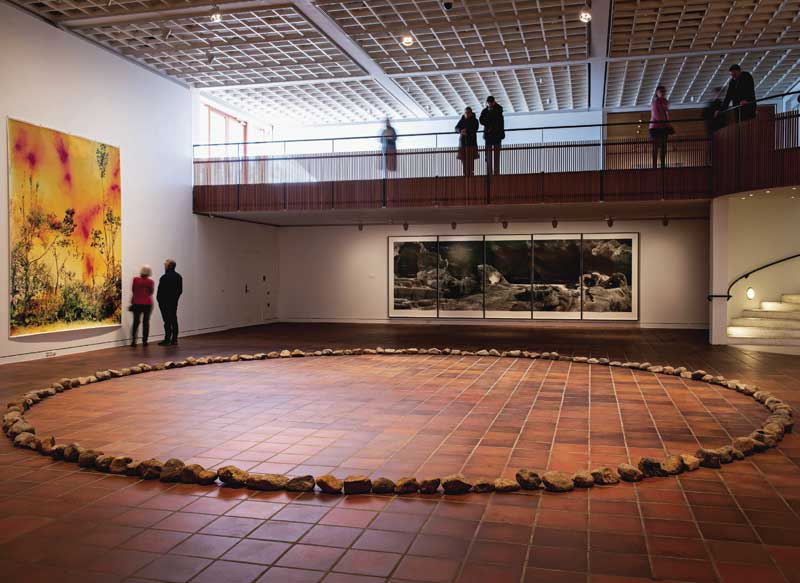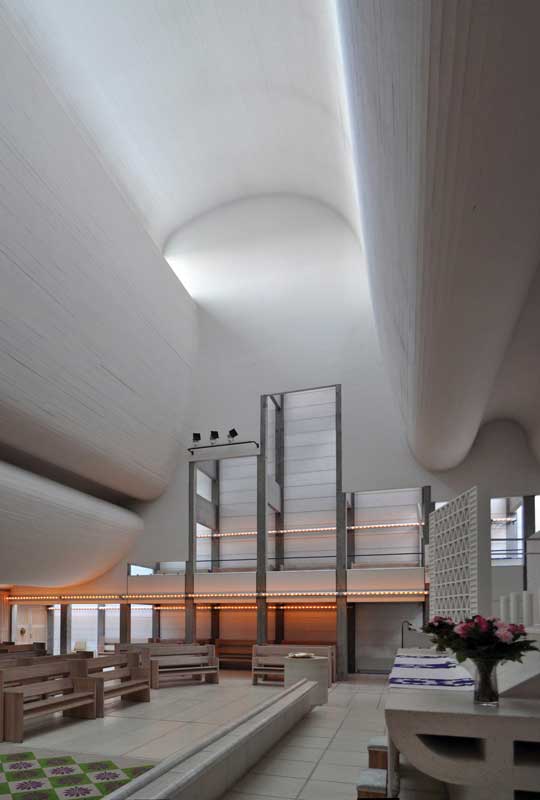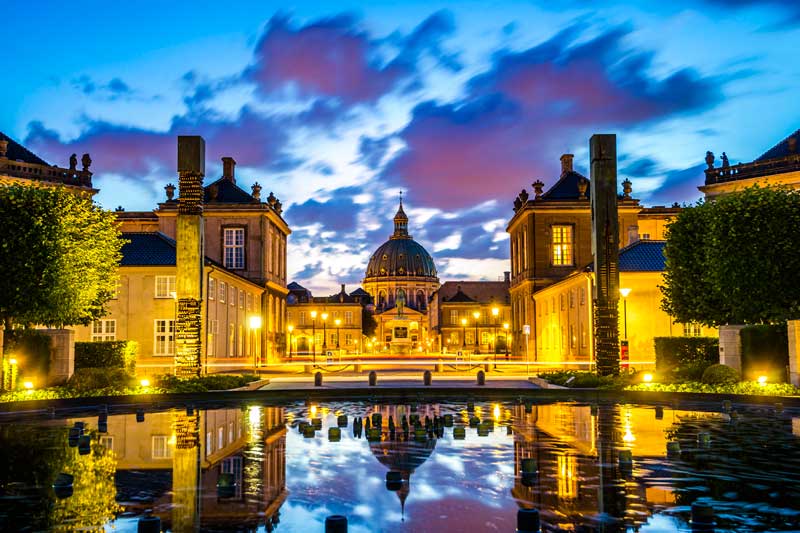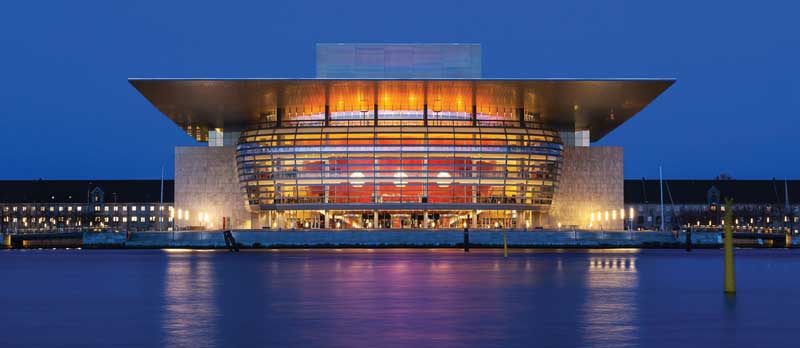UNESCO and the International Union of Architects launched the World Capital of Architecture initiative in 2018
In terms of architecture, interior design and industrial design, Copenhagen has positioned itself as a benchmark over the past decade, having been named the World Capital of Architecture by the United Nations Educational, Scientific and Cultural Organization (Unesco).
In June, the Danish city hosted the World Congress of the International Union of Architects (UIA), where some 10,000 architects and other interested parties gathered to take advantage of the various exhibitions, conferences and guided tours. The meeting is held every three years; Rio de Janeiro hosted the first edition in 2020, and a year later in digital format, Copenhagen (2023) and Barcelona (2026).
This year's theme, "Sustainable Futures – Leave No One Behind," sought to achieve the United Nations' 17 Sustainable Development Goals, which are expected to be met by 2030:
- No Poverty.
- Zero Hunger.
- Good Health and well-being.
- Quality Education.
- Gender Equality.
- Clean water and sanitation.
- Affordable and clean energy.
- Decent work and economic growth.
- Industry, innovation and infrastructure.
- Reduced inequalities.
- Sustainable cities and communities.
- Responsible consumption and production.
- Climate Action.
- Life below water.
- Life on land.
- Peace, Justice and Strong Institutions.
- Partnership for the goals.
Since 2017, Copenhagen has been ranked as the greenest city in Europe and the world. Its urban development consists of the revitalization of industrial areas and has a complete network of cycle paths of 217 miles, allowing up to 50% of the total population to use bicycles as a means of transportation.
Since 1980, they have increased wind energy production, maintaining the same level of consumption for 43 years. By 2025, Copenhagen is working to become the world's first "zero carbon" capital.
The Danish city is known for its balance of old and new architecture. The oldest preserved building in the city center is St. Petri's Church, whose central nave dates from the 16th century. The most important medieval building is Roskilde Cathedral (1170), located in the town of Roskilde, the capital of Denmark before Copenhagen.
Since 2000, former industrial sites in the city have been transformed into world-class architectural venues, such as MVRDV's Danish Art Gallery Vandkunsten and the Gemini Residence (2005).
Architecture in Copenhagen
- Louisiana Museum of Modern Art. It is a building from the 50's and is considered one of the most important Scandinavian tourist sites; it houses an important and extensive art collection.
- Bagsvaerd Church. It was built in 1976. Its exterior is not very striking, but it leaves those who enter the building speechless because of its interior spatial definition; for example, the undulations in the roof of the chapel and the materials used, such as wood, which gives incomparable warmth.
- Kastrup Airport (Copenhagen Airport). It is widely regarded as one of the best airports in the world and is also one of the largest hubs in Scandinavia with almost 30 million passengers per year. It is undergoing an expansion process to improve the user experience.
- The Royal Danish Opera. Since its construction, the building has been controversial for its risky bubble-like design.
- SAS Hotel (Radisson Collection Royal Hotel). It is considered an architectural landmark due to its 22 floors. It is the work of Arne Jacobsen, who designed the interiors, including details such as the glassware.
Copenhagen also hosted the 10th edition of the Copenhagen Architecture Festival x FILM, which took place from June 1-11. It was called “Life Form” and included three exhibitions at the city's Art Hub. The themes were habitat, balance, life cycles and the symbiosis of life within populations.
Text: ± Photo: FBCF, Westend61, Visit Copenhague



